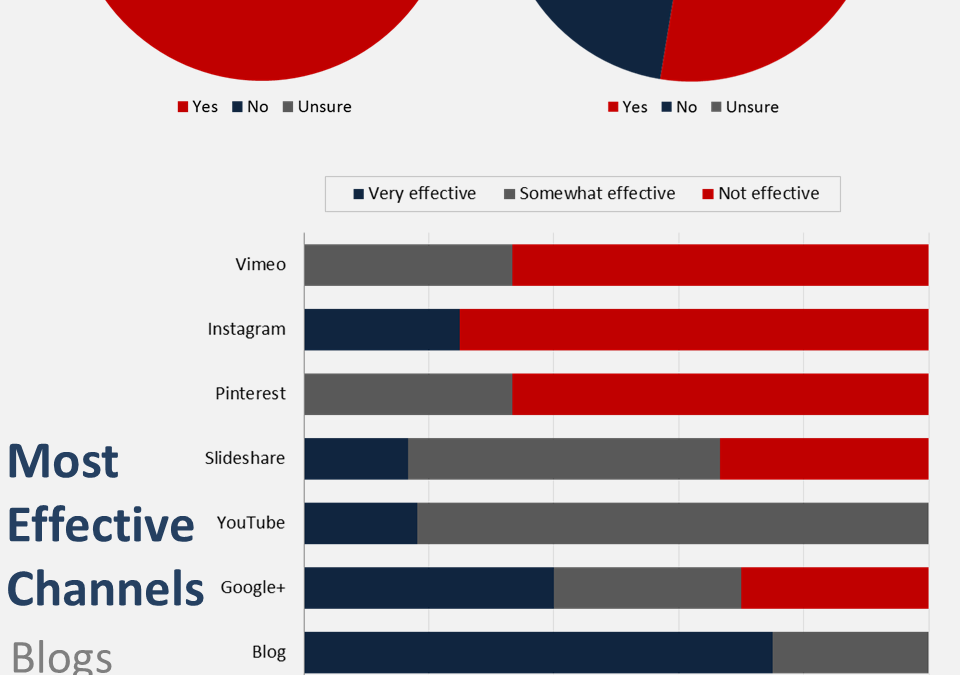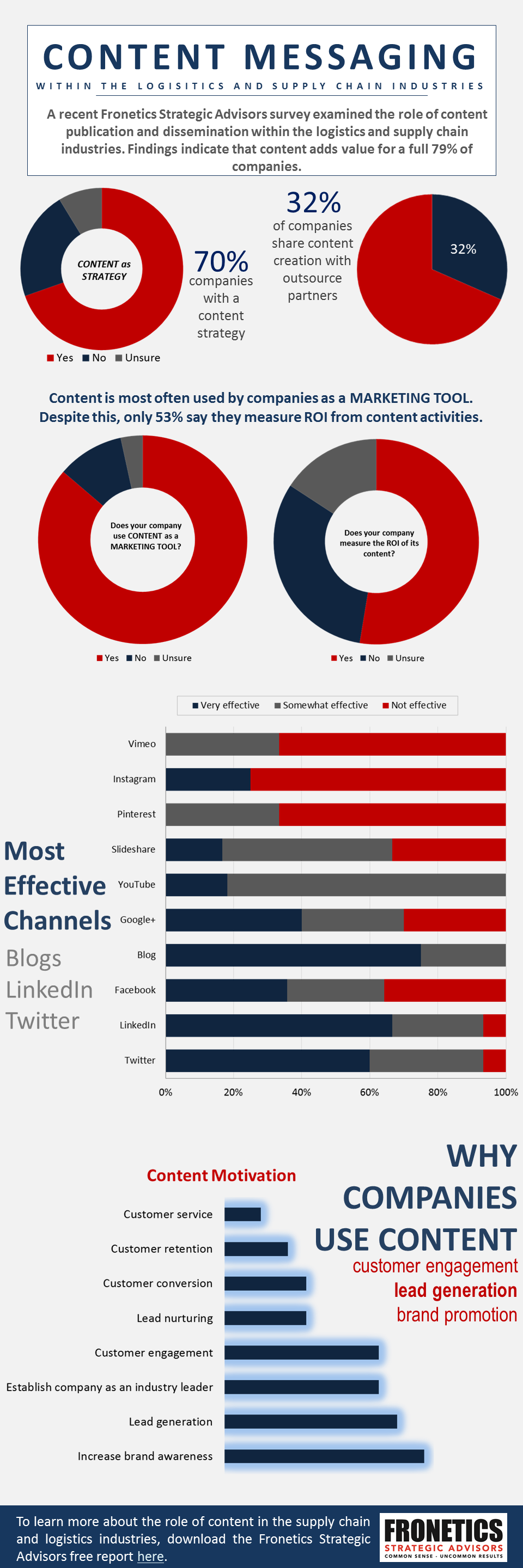
by Elizabeth Hines | Apr 1, 2015 | Big Data, Blog, Data/Analytics, Logistics, Supply Chain

A distribution center struggling with a high number of forklift truck impacts found a way to leverage big data to address a nagging, costly warehouse issue. The company had installed a telematics solution on its forklift trucks, but could not determine the cause of the impacts. The time and location of impacts were known, as well as the identity of the drivers involved, but the company still needed to pull in more data sources for an effective assessment.
Forget for a moment the potential of adopting big data analytics throughout the entire supply chain and consider instead how big data can untangle and integrate seemingly unrelated masses of data to solve small problems in a warehouse or distribution center. That’s exactly what this company did.
By analyzing the link between environmental factors inside the distribution center and the forklift impact records, the culprit was swiftly identified: fast-moving thunderstorms that caused the humidity level to rise so quickly that the dehumidifiers could not keep up, increasing the risk of drivers losing control on the slippery concrete floor. That knowledge helped the company prevent sliding accidents by using a function of the telematics solution to reduce the maximum speed of the trucks when the humidity hit a certain level.
Indeed, distribution centers and warehouses present ideal environments — microcosms — for big data applications. Modern facilities are loaded with sensors and detectors to track every pallet and every piece of material handling equipment in real-time. Managers see the benefits in increased productivity, improved inventory flow, optimized equipment usage, and more. However, for that Eureka moment, organizations should also apply big data analytics across these multiple sources of data to uncover patterns that will drive even more, and perhaps surprising, operational improvements.
Rather than looking at data in isolation, a holistic approach holds significantly more power. Managers typically keep careful track of the performance of lift trucks, batteries, and chargers. But it is not until those entities are reviewed as a single system and matched with data coming off the lift trucks that a new level of revelations can be had.
Look for big data analytics to further raise the IQ of our “smart” warehouses and DCs. Inbound Logistics sums it up this way: “Accessing the right information to make smart decisions in the warehouse is one main reason why the demand for big data has grown so much — and so rapidly — in the distribution sector.”
Do you think distribution center and warehouse managers do enough to leverage big data?

by Fronetics | Mar 31, 2015 | Blog, Content Marketing, Logistics, Marketing, Strategy, Supply Chain
Chief among the determinants of success and failure of companies around the world is the ability to effectively communicate ideas and information. Both internal and external communication play critical roles in advancing business objectives. To be sure, connecting with audiences to convey messaging is a central component of building a solid business strategy. Recent cultural shifts and advances in digital technology have pushed aside traditional methods of communication and given way to the rise of a new type of communication strategy– one that puts content at the very center.
Fronetics Strategic Advisors conducted a survey to better understand the role and use of content within the logistics and supply chain industries.
The survey found that companies within the logistics and supply chain industries are using content as a marketing tool and are realizing benefits.
Survey respondents were asked to identify the goals of their company’s content strategy. The top three goals identified were:
- Increasing brand awareness
- Lead generation
- Establishing the company as an industry leader.
To learn more, check out our infographic, or download the report.


by Fronetics | Mar 31, 2015 | Blog, Content Marketing, Logistics, Marketing, Strategy, Supply Chain
Chief among the determinants of success and failure of companies around the world is the ability to effectively communicate ideas and information. Both internal and external communication play critical roles in advancing business objectives. To be sure, connecting with audiences to convey messaging is a central component of building a solid business strategy. Recent cultural shifts and advances in digital technology have pushed aside traditional methods of communication and given way to the rise of a new type of communication strategy– one that puts content at the very center.
Fronetics Strategic Advisors conducted a survey to better understand the role and use of content within the logistics and supply chain industries.
The survey found that companies within the logistics and supply chain industries are using content as a marketing tool and are realizing benefits.
Survey respondents were asked to identify the goals of their company’s content strategy. The top three goals identified were:
- Increasing brand awareness
- Lead generation
- Establishing the company as an industry leader.
To learn more, check out our infographic, or download the report.


by Fronetics | Mar 30, 2015 | Blog, Content Marketing, Logistics, Marketing, Supply Chain

A survey conducted by Fronetics Strategic Advisors on the use of content within the logistics and supply chain industries found that content is being used by companies as an effective marketing tool.
86% of survey respondents reported that their company uses content as a marketing tool. 79% reported that content is an effective marketing tool for their company.
Central to effectiveness is strategy. 70% of survey respondents reported that their company has a strategy in place.
For the majority of companies (58%) the strategy and execution are handled in-house. However, not all companies handle everything internally. 32% of respondents reported that their company outsources some of their content creation, while 5% reported that their company outsources all content creation.
Blog content, case studies, and white papers are the most common types of content created. 78% of respondents reported that their company creates blog content. Other types of content created include:
- Case studies: 61%
- White papers: 61%
- Infographics: 48%
- Reports: 30%
- Slideshows: 26%
To learn more about content and content use within the logistics and supply chain industries, please download the report.


by Fronetics | Mar 30, 2015 | Blog, Content Marketing, Logistics, Marketing, Supply Chain

A survey conducted by Fronetics Strategic Advisors on the use of content within the logistics and supply chain industries found that content is being used by companies as an effective marketing tool.
86% of survey respondents reported that their company uses content as a marketing tool. 79% reported that content is an effective marketing tool for their company.
Central to effectiveness is strategy. 70% of survey respondents reported that their company has a strategy in place.
For the majority of companies (58%) the strategy and execution are handled in-house. However, not all companies handle everything internally. 32% of respondents reported that their company outsources some of their content creation, while 5% reported that their company outsources all content creation.
Blog content, case studies, and white papers are the most common types of content created. 78% of respondents reported that their company creates blog content. Other types of content created include:
- Case studies: 61%
- White papers: 61%
- Infographics: 48%
- Reports: 30%
- Slideshows: 26%
To learn more about content and content use within the logistics and supply chain industries, please download the report.


by Fronetics | Mar 26, 2015 | Blog, Marketing, Social Media, Supply Chain

A survey on content use within the logistics and supply chain industries found that company blogs, Twitter, and LinkedIn are seen as the most effective content distribution channels.
75% of survey respondents reported that their company blog is a “very effective” channel for content distribution. 67% reported LinkedIn to be “very effective.”
Respondents reported that Vimeo, Instagram, and Pinterest were the least effective channels for content distribution.
To learn more, download the report.









